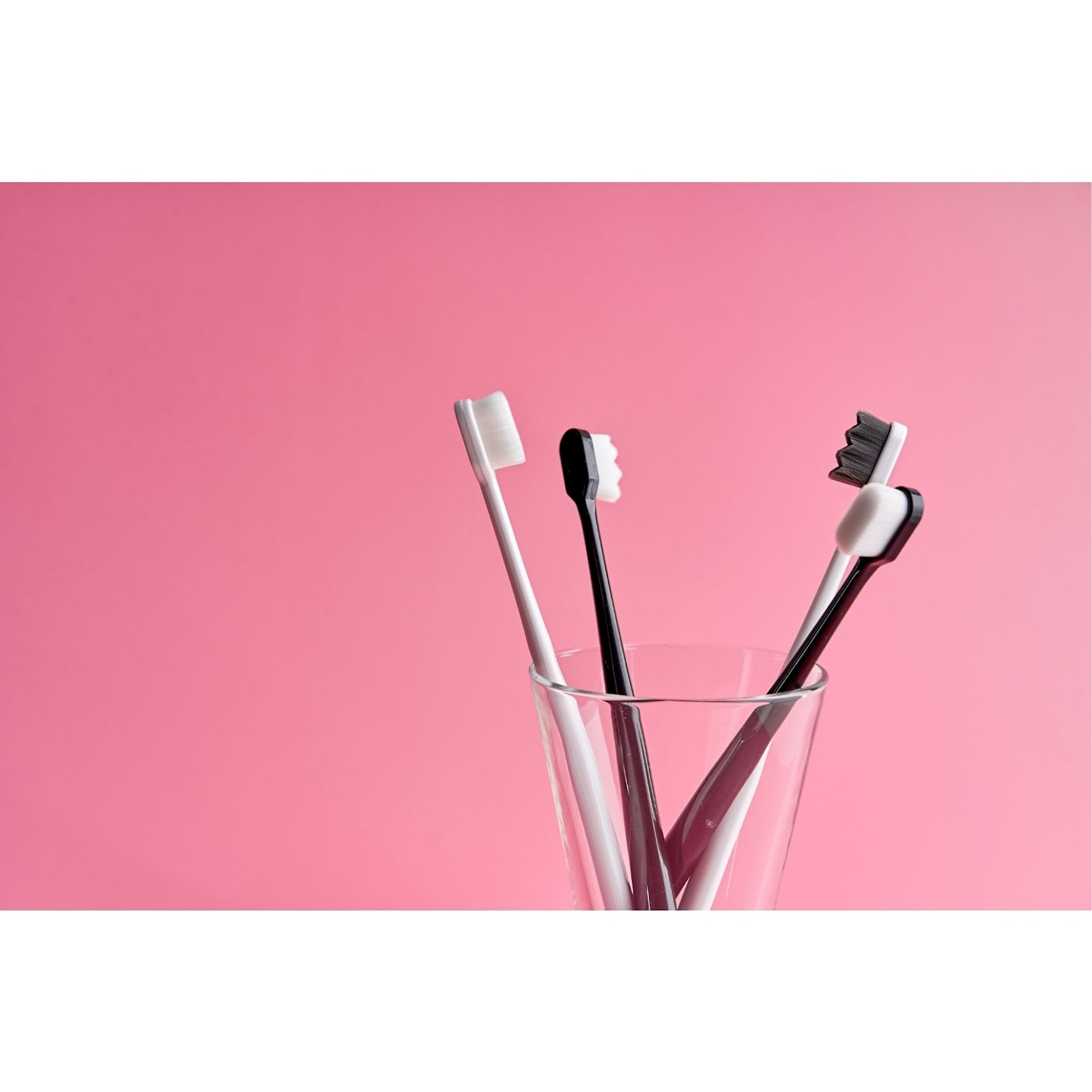Types of Toothbrush- Choosing the Best Toothbrush bristle.
Selecting the best toothbrush for you is crucial for maintaining optimal oral hygiene. With various options available in the market, it can be overwhelming to determine the best brush bristles for your needs. Understanding the different types of toothbrush bristles and their impact on oral health can help you make an informed decision.
1. Bristle Hardness
Toothbrush bristles come in three main hardness levels: soft, medium, and hard. Most dentist recommend using soft or medium bristles to clean teeth effectively without causing damage. Here’s why:
- Soft Bristles: Gentle on the teeth and gums, suitable for people with sensitive gums or enamel erosion.
- Medium Bristles: Provide slightly more abrasion, effective for plaque removal but should be used with care.
- Hard Bristles: Not recommended for natural teeth, as they can wear down enamel and cause gum recession over time.
2. Size of the Brush Head
The size of the toothbrush head affects your ability to clean different areas of the mouth efficiently. A small toothbrush head is generally preferred as it allows easier access to hard-to-reach areas, especially the back teeth. It ensures thorough cleaning and helps prevent plaque buildup and yellowing of teeth.
3. Bristle Pattern
The shape and arrangement of toothbrush bristles impact their cleaning efficiency:
- Rounded Bristles: Preferred as they are gentle on gums and effectively clean teeth without causing irritation.
- Straight Bristles: May not clean as effectively and can be harsh on gums.
- Multi-Level or Angled Bristles: Designed to reach between teeth and clean more effectively. Choosing a toothbrush with rounded bristle tips can help reduce gum irritation and protect against injuries.
.
4. Handle Design
Toothbrush handles come in various designs, including:
- Straight Handle: Simple and easy to grip.
- Non-Slip Grip: Offers better control while brushing.
- Flexible Handle: Allows better maneuverability to reach difficult areas.
- Contra-Angle Handle: Designed for easier access to molars and back teeth.
5. Manual vs. Electric Toothbrush
Both manual and electric toothbrushes can be effective for maintaining oral hygiene, provided they are used correctly. Here’s a comparison:
- Manual Toothbrush: Affordable, widely available, and effective when used with proper brushing techniques.
- Electric Toothbrush: Offers automated cleaning motions, making it easier to use, especially for people with mobility issues. While electric toothbrushes may provide a deeper clean, the key to good oral hygiene is brushing properly for at least two minutes, twice a day.
6. Correct Brushing Technique
Even with the best toothbrush, using the right brushing technique is essential:
- Angle the toothbrush at 45 degrees towards the gum line.
- Use gentle, circular motions to clean the front and back of teeth.
- Clean all surfaces, including chewing surfaces and the tongue.
- Brush for at least two minutes, twice daily. Consulting a dentist can help you improve your brushing technique for better oral care.
Choosing the right toothbrush bristles plays a crucial role in maintaining healthy teeth and gums. Whether you opt for a manual or electric toothbrush, selecting soft or medium bristles, a small brush head, and rounded bristles can help protect your oral health. Additionally, following the correct brushing technique ensures optimal results.
For personalized dental care and expert advice on oral hygiene, book an appointment today at The Dental Bond!
